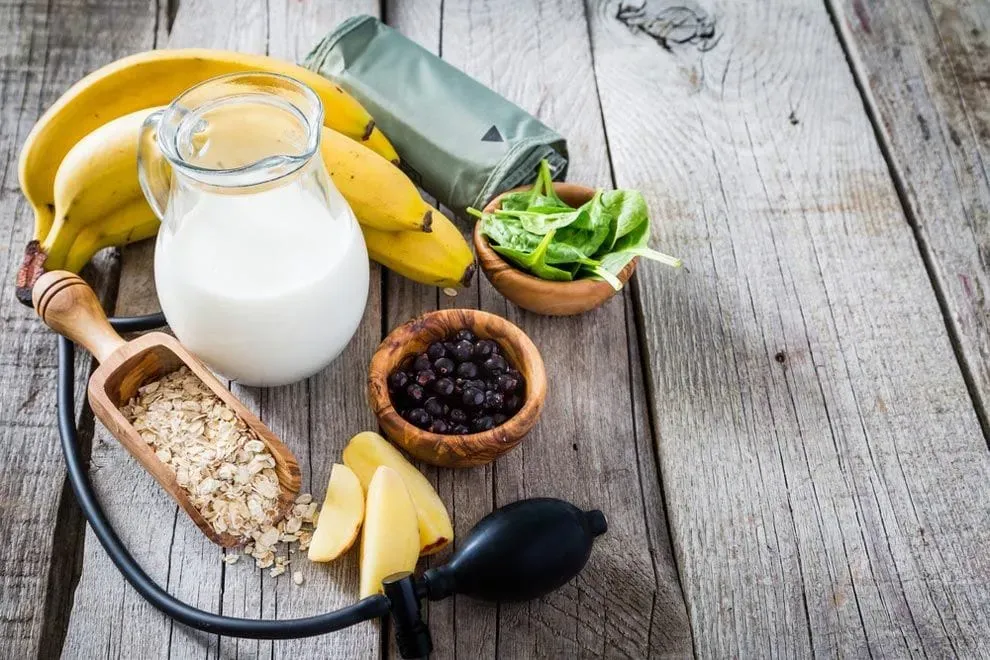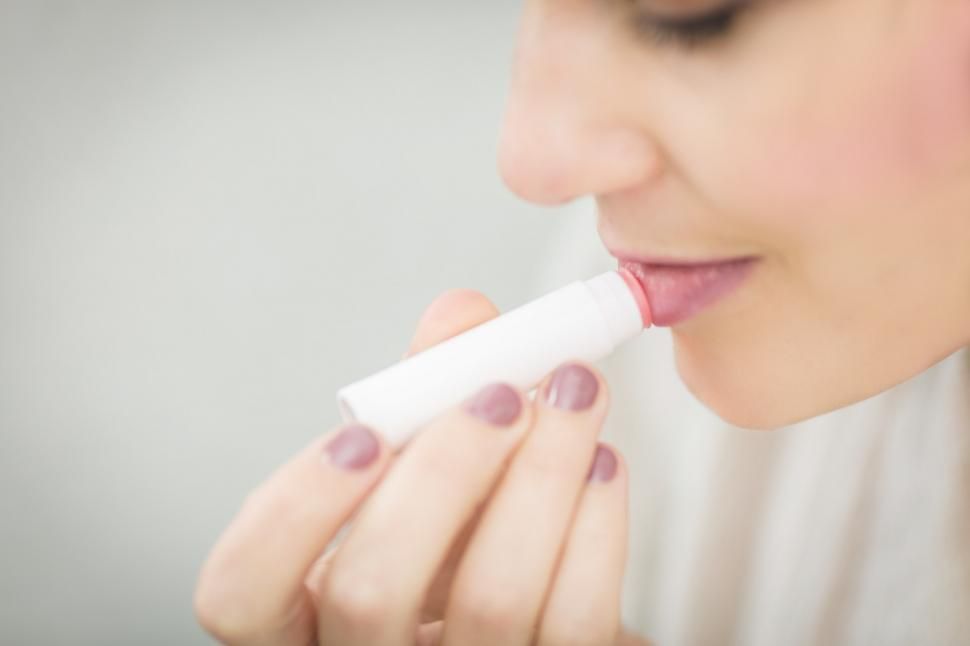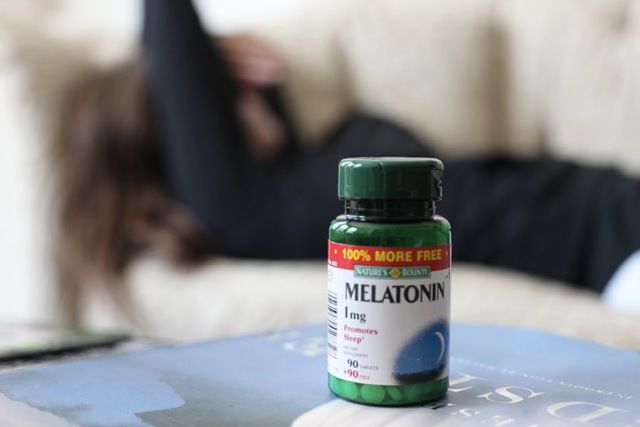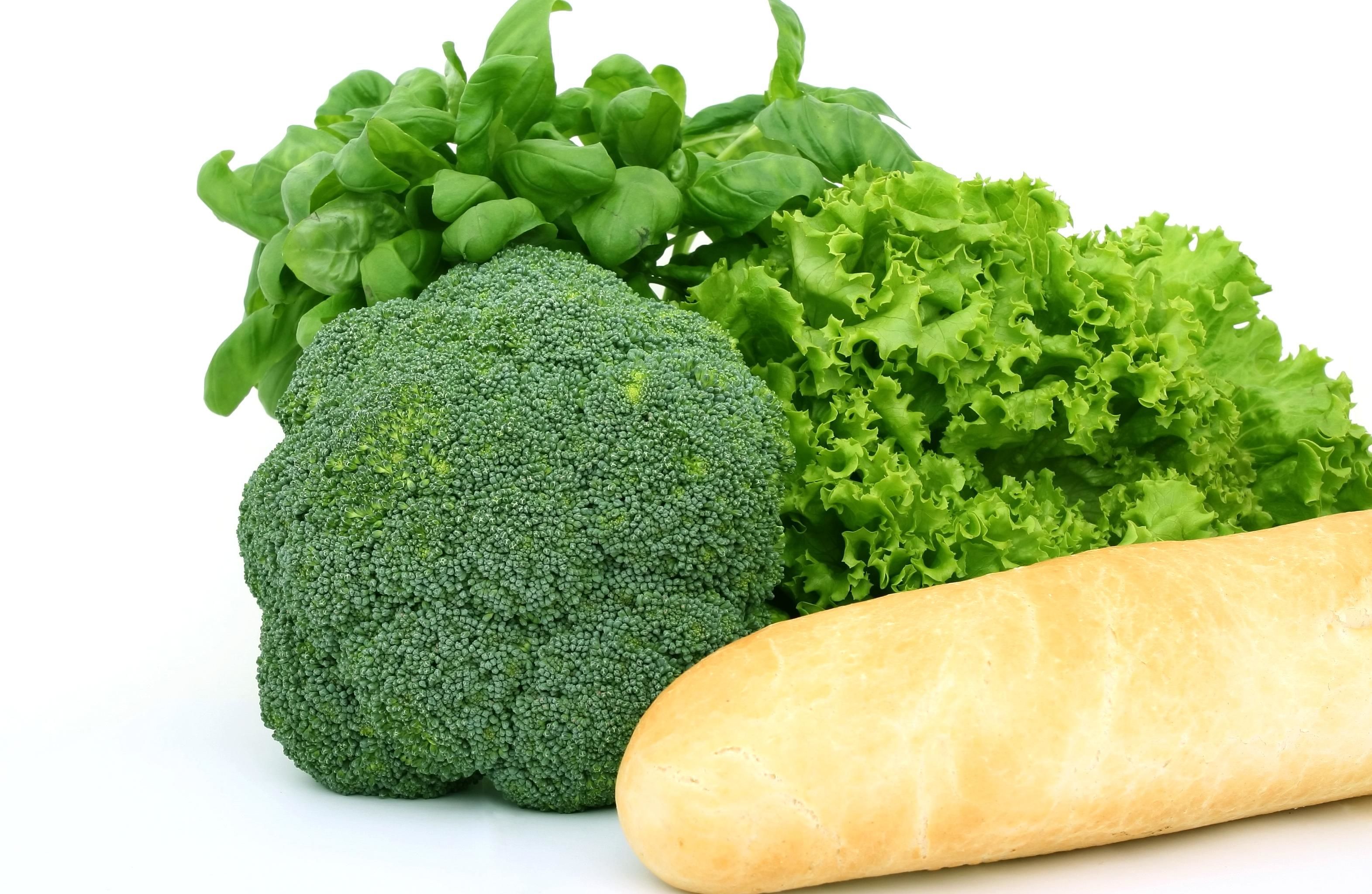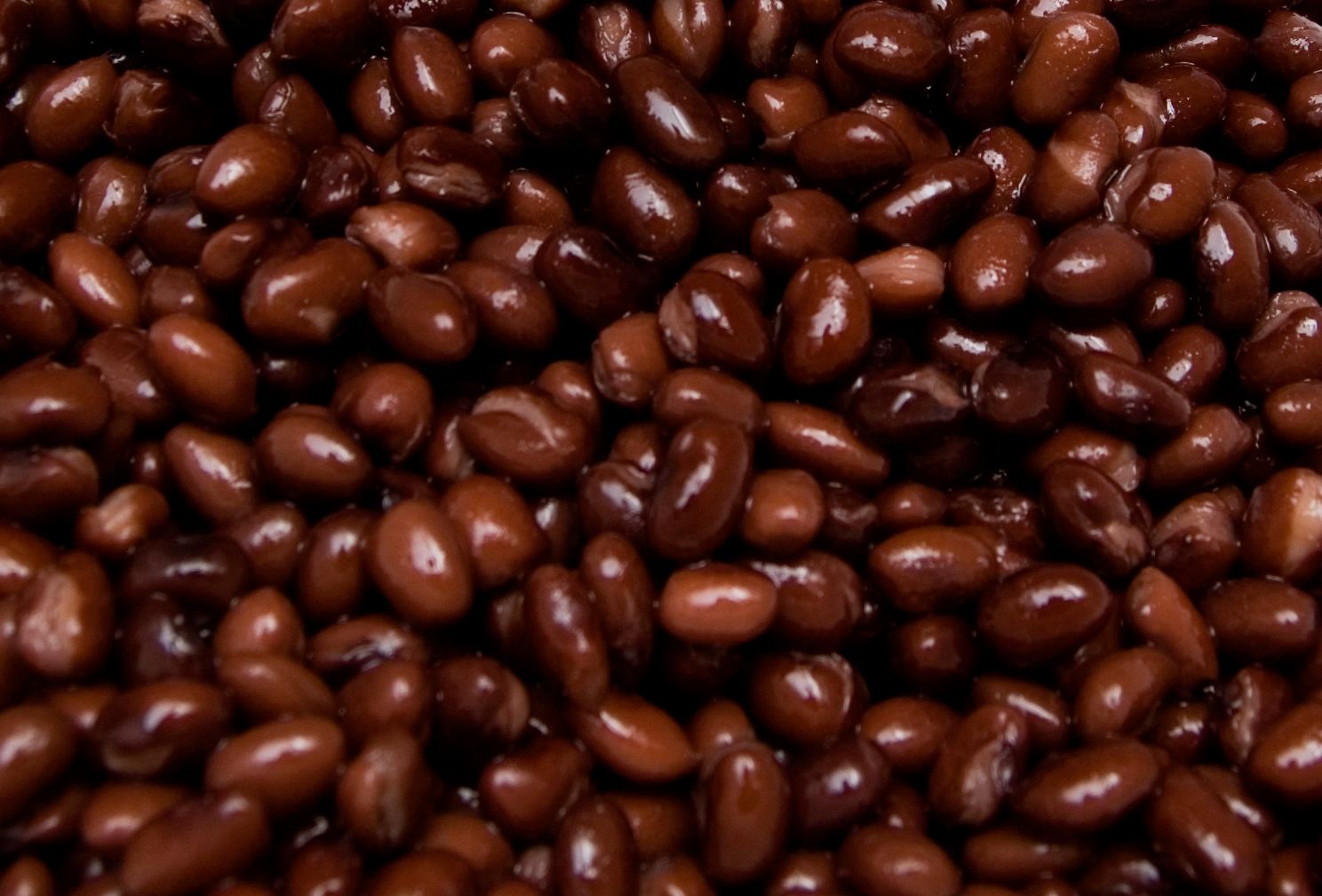
Decoding Food Labels: The Sassy Guide you Didn’t Know you Needed
- Dec 2, 2024
Who knew that that harmless box of cereal in your hands could be hiding a sordid tale of carbs, saturated fats, sugars and multi-layered deceit? Yes, healthy beacons, we're talking food labels today, and this ain't your mom's guide. This is decoding the food label served with a dash of sass. Buckle up!
Nutrition facts: those tiny little details casually thrown at the back of the pack. Yeah, those are called Food Labels and apparently, they're important. The FDA revamped these buggers in 2016, deciding that maybe, just maybe, consumers should understand what they're shoveling in their mouths. Groundbreaking, right?
Let's get this party started. Like in any good detective story, start at the top and keep probing. Survey the serving size, listed in units your third-grade self could understand – cups and pieces. Remember these numbers refer to a single serving. If you decide to scoff down twice the listed serving, don’t forget to invite Mr. Calculator to your binge fest as you'll need to double the stats too. These numbers won’t discipline your diet, they just spill the beans on what's typical.
Moving down the label, calories strut around in bold, larger font, hard not to notice. Remember, calories are the divas powering our bodies, but too many unruly divas can lead to trouble… The total fat mentioned is all kinds of fat: mono, poly, trans, and saturated. Because everyone loves a good abbreviation, right? LDL, our “bad,” cholesterol increases with a high intake of saturated fat. Cholesterol, in itself, isn't bad; it’s what gives your liver something to do when it's not breaking down last night's tequila shots.
Love the delicate sizzle of your takeouts? While it could be love on your palate, it's war on your heart. That's sodium for you, added to enhance flavor and longevity of food. The American Heart Association suggests less than 2,300 milligrams daily, especially for those with high blood pressure.
Here’s a tip, if the first (or even second) ingredient listed is sugar, that product is a certified sugar bomb. Spot the imposter! 'Added sugars' is not the sugar naturally found in food, but the extra sweet not-so-goodness thrown in. Stick to gulping down less than 10% of your daily calories from added sugars, unless you're secretly a hummingbird.
Percent daily values tell you how much of a specific nutrient your food contains, based on a generic caveman diet of 2,000 calories a day. Lower than 5%= low; higher than 20%=high. This may seem like rocket science, but trust us, a little label literacy goes a long way.
A trove of useful insights lies in the ignored end of a food label – the ingredients list. Allergies or specific dietary goals? This should be your bible. Confusing buzzwords like “net carbs”, "sugar-free", and "no sugar added" are just sneaky ways food companies try to sound healthy, when they plainly aren’t.
Remember, a food label is simply a rough roadmap to guide your food choices, not dictate. Your health and nutrition needs are as unique as your double-jointed thumb. Seek out a dietitian if you're confused or start an insightful debate in the comment section below; we promise we'll weigh in.

